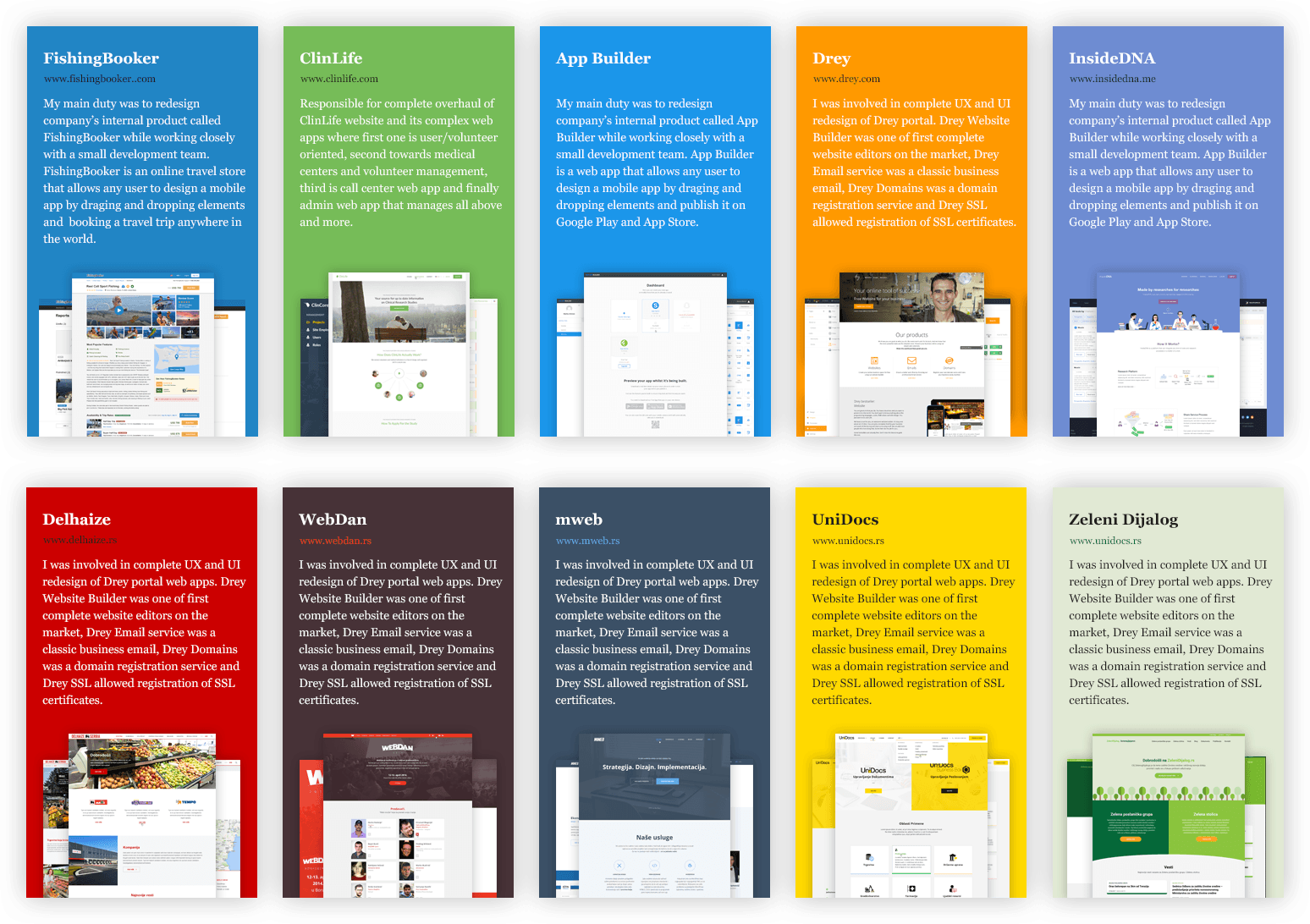The right way to analyze and segment users
Personas in-depth:

www.practical-ux.com
Practical UX
The right way to analyze and segment users
Personas in-depth:
www.markiz.io
Marko Aleksic

UX Designer
@ jatheon.com
Psssst, we're hiring!

Marko Aleksic
www.markiz.io


What is
User Research?
Chapter I
Quote incoming...

Donald Norman

Jakob Nielsen

User Research helps you to understand users so that you can respond more effectively to their needs.
It focuses on understanding user behaviors, needs, and motivations through observation techniques, task analysis, and other feedback methodologies.
User Research Techniques
What is User Research
-
Personas
-
Use Cases
-
Usability Testing
-
Heuristic Evaluation
-
Individual Interviews
-
Contextual Interviews
-
Surveys
-
Focus Groups
-
Card Sorting
-
First Click Testing
-
Task Analysis
-
System Usability Scale
-
Prototyping
-
Parallel Design
What are Personas and why do they matter?
Chapter II
Persona is a reliable and realistic representation of a type of customer. It answers for whom we are designing for.
Personas are only as good as
the research behind them.

Who are your users?

Who are your users?

Helps you group them

User Personas benefits:
Builds empathy towards the User throughout all organization
Is a starting point to all other research techniques
Develops focus and aligns teams to the same track
Makes and defends decisions
Reduces discussions about edge-cases and prevents appearance of an "elastic-user"
Prevents designers to design for themselves
Helps having majority of user-types satisfied rather having all users feeling meeeh with the product







User Personas are not:
An one-time task
Thing that is not changeable through time
Designer / Marketing team exclusive
Something that all team members will accept by default
Replacement for talking to real users





How to Create a Persona?
Chapter III
How to Create a Persona?
01 Conduct research and interview people
02 Find patterns in responses and group similar people
03 Create archetypical models (candidates pool)
04 Validate, iterate and use minimal number of personas
05 Share findings and promote personas in your organization
06 Revisit them
Elements of a Persona
Chapter IV
Name
Photograph
Social and demographic characteristics (age, gender, location, job, education...)
Needs, desires, goals
Habits (consumer, behavior)
Cultural background
Expertise (internet, computer, smartphone)
Motivations
Expectations; Frustrations
Experience Goals















Persona Questions
Chapter V
- What is the age, gender, education, etc?
- What do you do for a living? Why?
- How much work experience you have?
- Describe your typical day or week?
- What are your typical needs and desires?
- What are your likes? Dislikes?
- Do you have any hobbies?
- How much time do you spend browsing the web and where?
- What devices do you use and why?
- How long have you been using computers? And smartphones?
- What's your favorite brand?
- Why are you using our product?
- What is your goal in the product?
- What do you like about the product? What frustrates you?
- What would you like to do more?
Proto-Personas (Lean)
vs Personas
Chapter VI
Proto-Persona
What is
Low time, low budget
Rapid development, stakeholders not interested
Completely made up and not validated
Better having a proto-persona than not having any
Persona Candidates
Chapter VII

How to dig material for your personas?
Chapter VIII
Interview Stakeholders
Where to look?
They talked to users in the beginning
Need to be aware who their users are
Need to understand why Personas are important
Look for patterns
Create a pool of persona candidates
Talk to Marketing and Sales teams
Where to look?
They interact with possible users
Probably have their own user profiles they use for marketing
Can sum what hundreds of users think (patterns)
Widen or enrich you persona pool
Talk to Support Teams
Where to look?
They interact with frustrated users mostly
You can find out what users try to accomplish
Find out what is frustrating users
Can sum what hundreds of users think (patterns)
Help you further enrich your persona candidates
Check Support Tickets and Chat Logs
Where to look?
Look for patterns in behavior, attitude, goals
Helps you understand how users communicate
Understand pain points of product and organization
Online Surveys
Where to look?
Incorporate into your product
Small number of questions – lots of answers
Ask only the most important ones
Check Analytics, heatmap tools and recordings
Where to look?
Users devices, locations, gender, time spent...
See how they use product
Identify rarely used and not needed elements
Interview Users
And most importantly
Find out who they are, validate your personas
Widen your knowledge, understand their goals
Ask questions you couldn't get answered before
The more users you talk to the more correct persona will be
Always look for patterns
Validate and Iterate
And don't forget to
Validate and Iterate
Validate and Iterate
Validate and Iterate
Validate and Iterate
Validate and Iterate
How, Where and When to Apply a Persona?
Chapter IX
– A Wise Man

Actually it was me
Create a Persona
of this event
Exercise

Age:
Gender:
Education:
Job:
Technology:
Interests:
Goal:
Persona Name
Age: 25
Gender: Male
Education: College
Job: Designer
Technology: Experienced Smartphone User, Experienced Desktop User
Interests: Photography, Travel, Tech, Startups, Design
Goal: To gain more knowledge and use it on his own projects or at work

Tobias the Gray
How Personas Change Over Time
Chapter X
Users get more tech-savy
Business target audience shifts
People develop new habits
Questions
The End

www.markiz.io
Marko Aleksic

Persona in-depth: The Right Way to Analyze and Segment Users
By Marko Aleksic
Persona in-depth: The Right Way to Analyze and Segment Users
persona ux user research
- 6,722



